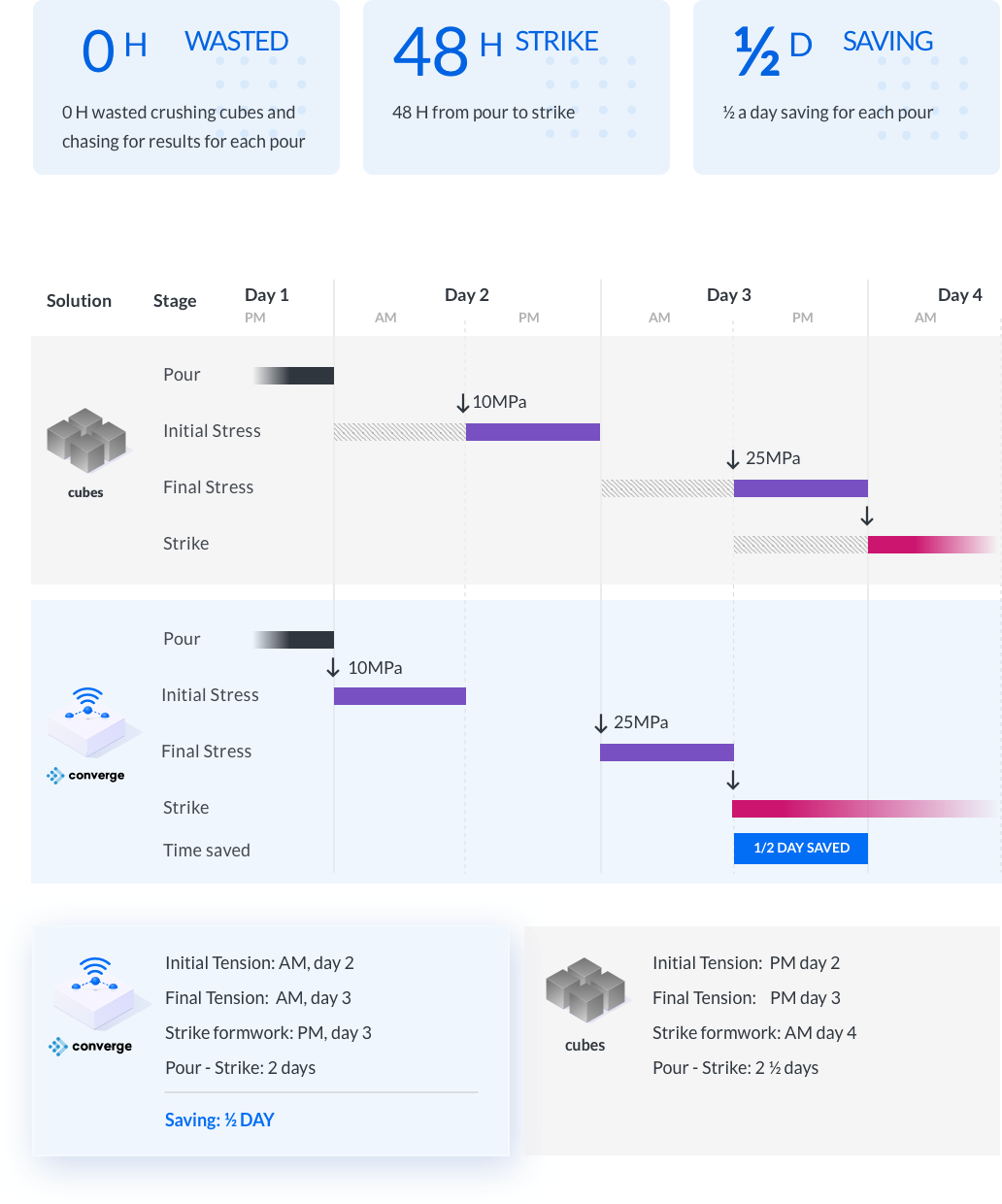Rising 50 floors, 175m, above the City and Shoreditch – Principal Tower is one of the tallest residential buildings in London. Built upon the site of an old Roman cemetery and a historic gas works, the new development is a grand addition to a site with an already rich history. Constructing the tower next to Broadgate posed difficult challenges from conception. Not least having to build over the railway lines heading into Liverpool Street Station. Innovative design and construction methodologies were therefore vital to the project’s successful delivery.
Rising 50 floors, 175m, above the City and Shoreditch – Principal Tower is one of the tallest residential buildings in London. Built upon the site of an old Roman cemetery and a historic gas works, the new development is a grand addition to a site with an already rich history. Constructing the tower next to Broadgate posed difficult challenges from conception. Not least having to build over the railway lines heading into Liverpool Street Station. Innovative design and construction methodologies were therefore vital to the project’s successful delivery.
The floor slabs of Principal Tower were constructed using post-tensioning or PT. To achieve the seven-day floor cycle, Careys Civil Engineering looked to streamline the process by upgrading to a real-time concrete monitoring solution.
Typically for each PT pour, the initial and final tensions can only begin after the minimum required strengths, 10MPa and 25MPa respectively, have been confirmed.
Using cubes, confirmation of the concrete achieving 10Mpa & 25Mpa comes hours after the site opens; causing delays. Delaying final tension prevents striking and ultimately prolongs the cycle.
Moreover, if a crushed cube doesn’t achieve the minimum required strength for tensioning, engineers will wait a further half day before crushing the next available cube, causing further delays.
To overcome each of these challenges, Careys adopted the Converge concrete monitoring system.
Using sensors cast into the concrete, Converge monitors in-situ strength and communicates the data in real-time, via the cloud – where it can be viewed remotely.
For each pour, the Careys engineers received email or text alerts the instant each strength milestone was met. Rather than waiting several hours for a cube result, the PT sub-contractor and strike teams were able to start without delay each morning. Additional delays caused by underperforming cubes were also avoided completely. This led to saving half a day per pour in many cases.
Detailed early age strength development data from current and previous pours helped the engineers to predict concrete performance on the next pour, aiding day-to-day scheduling of actions and resources on-site.
